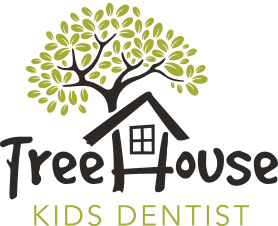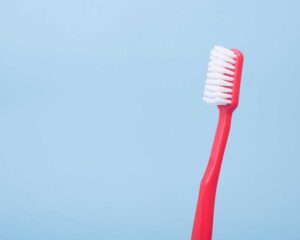One of the common concerns in dentistry from parents is fluoride. Fluoride is a naturally occurring element that has been scientifically shown to lower decay rates by over 50% when added to a community water supply.
When not added to the water supply, it is important that parents choose toothpastes that contain fluoride because fluoride inhibits loss of minerals from tooth enamel and encourages remineralization (or a hardening of enamel). Fluoride is also toxic to the bacteria that cause cavities, discouraging their acid attacks that breakdown teeth. The American Academy of Pediatric Dentistry recommends using a fluoride toothpaste the moment the first tooth appears in the mouth. For children less than 3 years, use a rice-sized smear of fluoride toothpaste, twice daily. For children 3-6 years old, a pea-size amount is recommended. It is perfectly acceptable for your child to swallow this amount of toothpaste.
If your community water supply lacks fluoride, your child’s pediatrician or dentist may recommend fluoride supplements, often added to your child’s multivitamin.
Too much fluoride can cause a condition referred to as fluorosis, tiny white specks or lines that are often unnoticeable. It is important to monitor the amount of toothpaste your child ingests to avoid this. Keep toothpaste out of reach of children.
For parents who reject fluoride, dentists will often recommend a toothpaste that contains xylitol. Xylitol is a 5 carbon sugar (instead of the typical 6 carbon sugar) that bacteria are unable to digest. Although the scientific evidence isn’t nearly as strong as the positive effects of fluoride, a xylitol toothpaste likely produces some benefit in the avoidance of tooth decay.




